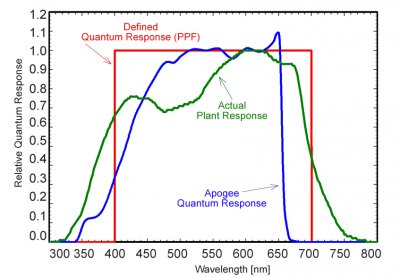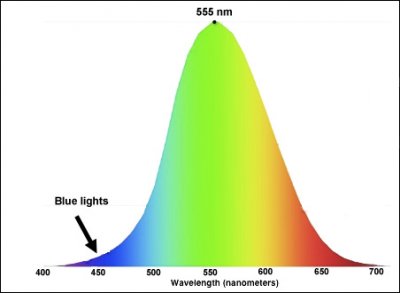Your welcome to stop by anytime. Or punch up a thread. It’s actually quite easy once it’s laid out.Very interesting.
I do have both, but got very confused when trying to do anything with them not single, makes more sense....A little more.
It’s myth and myth understanding that makes it hard.




















